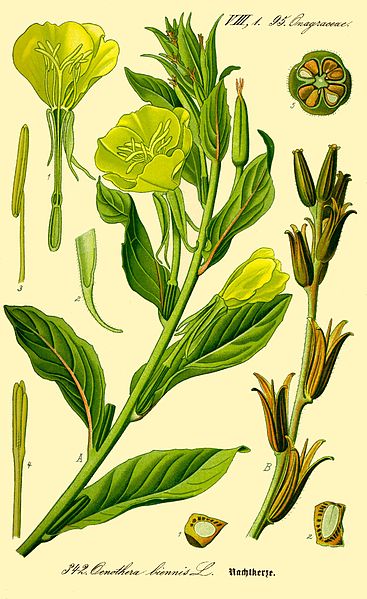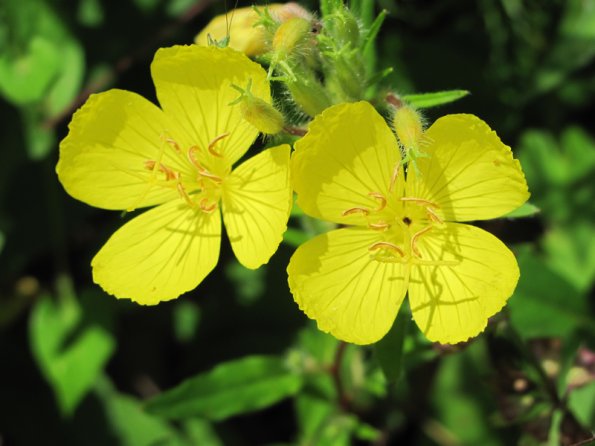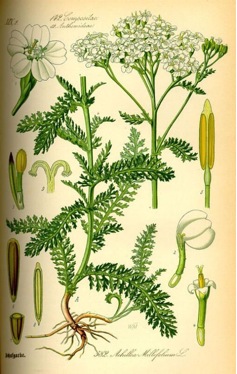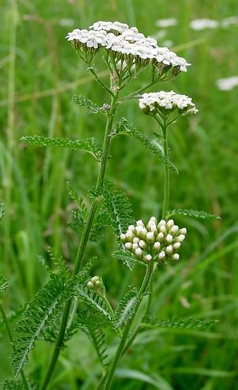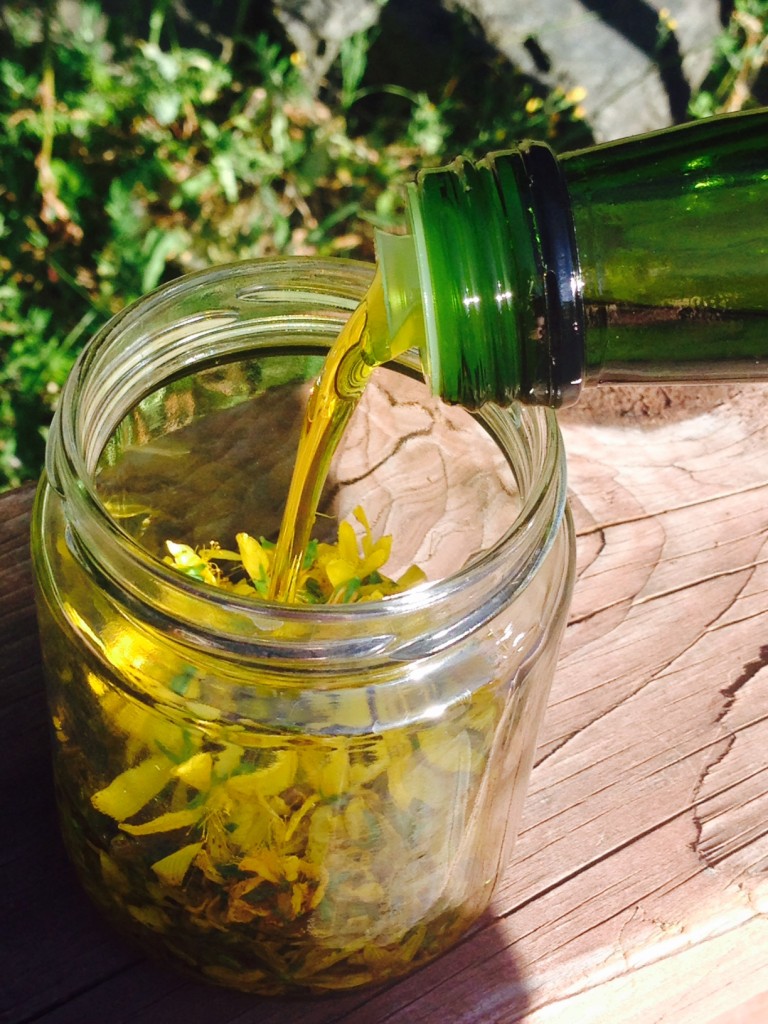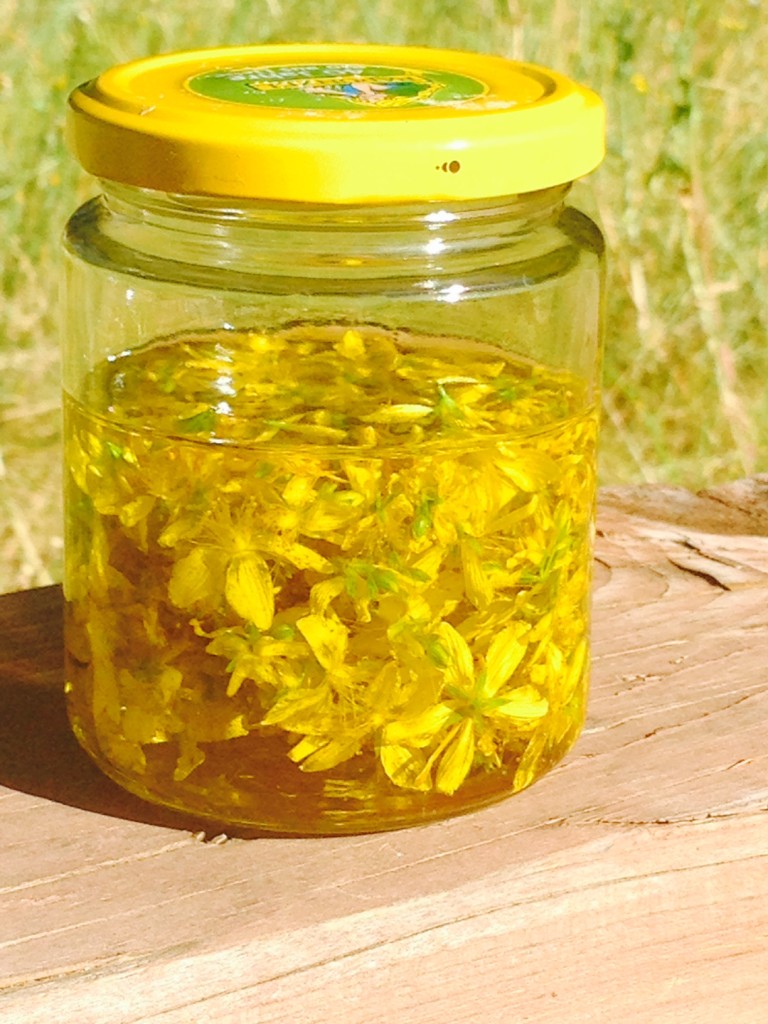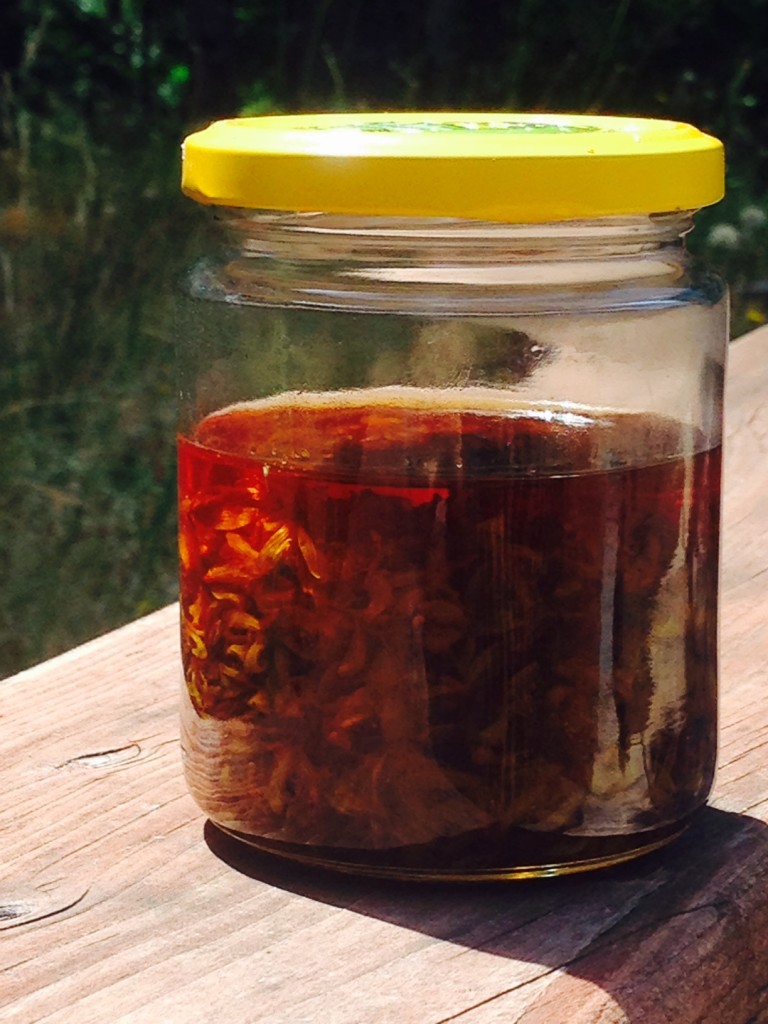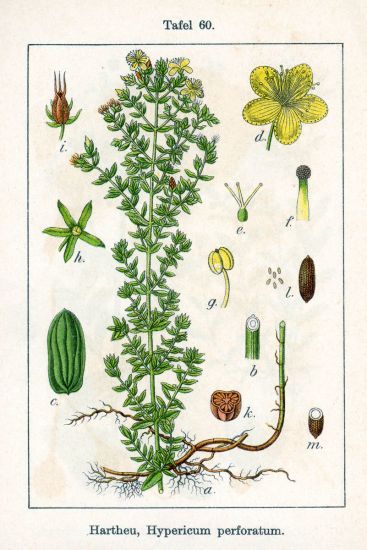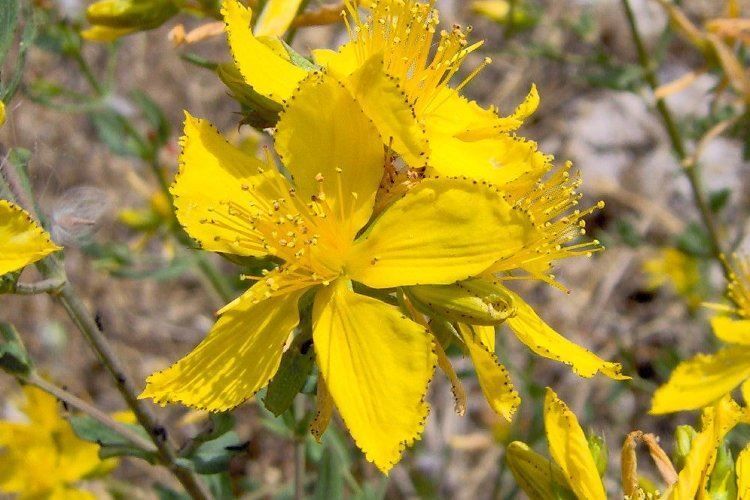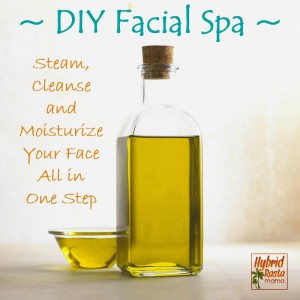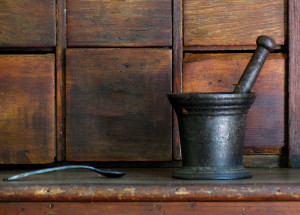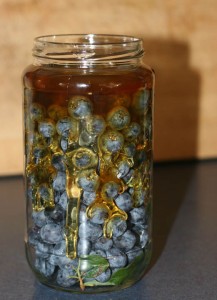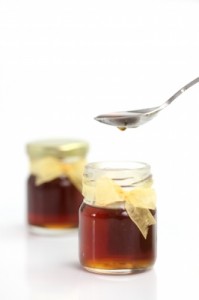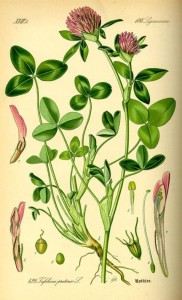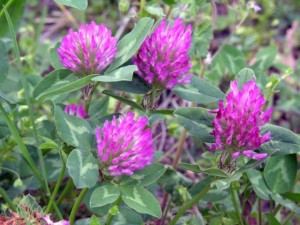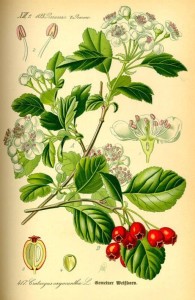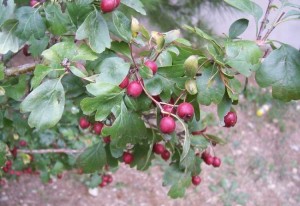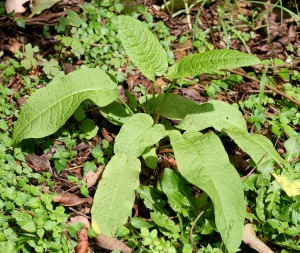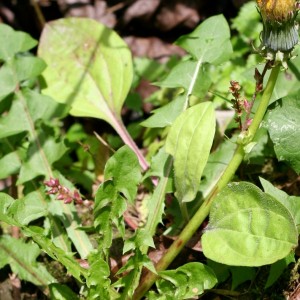It is harvest time here in the Pacific Northwest for Evening Primrose! I have it blooming all over my garden this year.
I like to harvest various parts of Evening Primrose for the medicinal effects. The flowers, leaves and roots can all be used for medicine making. To add to the variety, different medicine making mediums can be used, depending on the results you are seeking.
I’ve written about the various health benefits of evening primrose here. You can also find out about the different mediums for making herbal medicine here.
My favorite way to make a remedy from Evening Primrose is to make a flower honey. It’s simple, quick and TASTY! Here’s an easy to follow tutorial:
Ingredients:
- clean glass jar
- raw local honey
- freshly picked and wilted Evening Primrose blossoms
 Harvest the blossoms of Evening Primrose and let them wilt for 6-24 hours. This allows some of the moisture to evaporate as well as any critters hiding in the petals to leave…
Harvest the blossoms of Evening Primrose and let them wilt for 6-24 hours. This allows some of the moisture to evaporate as well as any critters hiding in the petals to leave…
 Place in a clean glass jar leaving some headspace.
Place in a clean glass jar leaving some headspace.
 Pour honey over the petals until the honey covers the herb by about an inch.
Pour honey over the petals until the honey covers the herb by about an inch.
 Using a chopstick, or similar, make sure the honey covers the flowers completely and there are no air pockets.
Using a chopstick, or similar, make sure the honey covers the flowers completely and there are no air pockets.
 Place the lid tightly on the jar and let sit in a dark, col place for a couple of weeks. The flowers may float to the top. If that happens, don’t worry. I like to turn the jar upside down every so often to help make sure all the blossoms are fully coated with honey.
Place the lid tightly on the jar and let sit in a dark, col place for a couple of weeks. The flowers may float to the top. If that happens, don’t worry. I like to turn the jar upside down every so often to help make sure all the blossoms are fully coated with honey.
After a couple of weeks, you can start using your Evening Primrose infused honey! I love to use a bit in my tea, or just take it right off the spoon whenever I feel like I may be coming down with a respiratory issue. It’s a great way to soothe yourself to sleep if you’re having trouble dropping off too!
Have you ever made an infused honey? What is your favorite way to use it?


